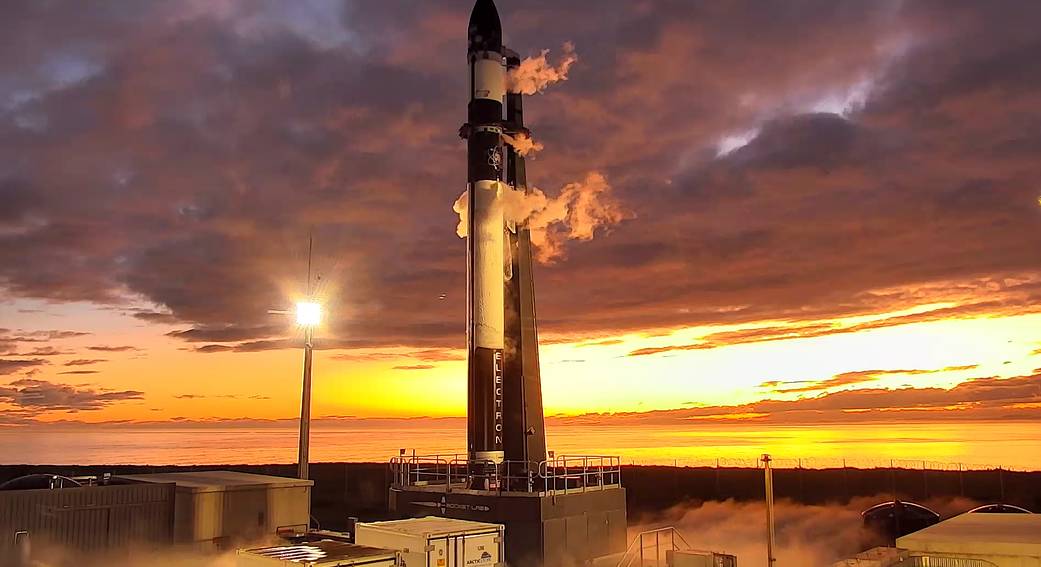A Rocket Lab Electron rocket that will carry the Cislunar Autonomous Positioning System Technology Operations and Navigation Experiment (CAPSTONE) spacecraft for NASA is seen at Rocket Lab’s Launch Complex 1 on the Mahia Peninsula of New Zealand, Tuesday, May 17, 2022.
A microwave oven-sized CubeSat, CAPSTONE serves as a pathfinder for the orbit planned for Gateway – a space station at the Moon that will support NASA’s Artemis program. CAPSTONE will help reduce risk for future spacecraft by validating innovative navigation technologies and verifying the dynamics of this unique, halo-shaped orbit.
CAPSTONE is targeted to launch no earlier than Tuesday, June 28, with an instantaneous launch opportunity at 5:55 a.m. EDT (9:55 UTC). NASA will carry live coverage of the launch beginning at 5 a.m. EDT on June 28 on NASA Television, the agency’s website, and the NASA app.
CAPSTONE is commercially owned and operated by Advanced Space in Westminster, Colorado. It represents an innovative collaboration between NASA and industry to provide rapid results and feedback to inform future exploration and science missions. Tyvak Nano-Satellite Systems, a Terran Orbital Corporation, of Irvine, California, built the spacecraft. The mission also includes contributions from Stellar Exploration Inc., Space Dynamics Lab, Tethers Unlimited Inc., and Orion Space Systems.
NASA’s Small Spacecraft & Distributed Systems program within the agency’s Space Technology Mission Directorate (STMD) funds the demonstration mission. The program is based at NASA’s Ames Research Center in California’s Silicon Valley. The development of CAPSTONE’s navigation technology is supported by NASA’s Small Business Innovation Research and Small Business Technology Transfer (SBIR/STTR) program, also within STMD. The Artemis Campaign Development Division within NASA’s Exploration Systems Development Mission Directorate funds the launch and supports mission operations. The Launch Services Program at NASA’s Kennedy Space Center in Florida manages the launch service. NASA’s Jet Propulsion Laboratory in Southern California supports the communication, tracking, and telemetry downlink via NASA’s Deep Space Network, Iris radio design, and groundbreaking one-way navigation algorithms.



























